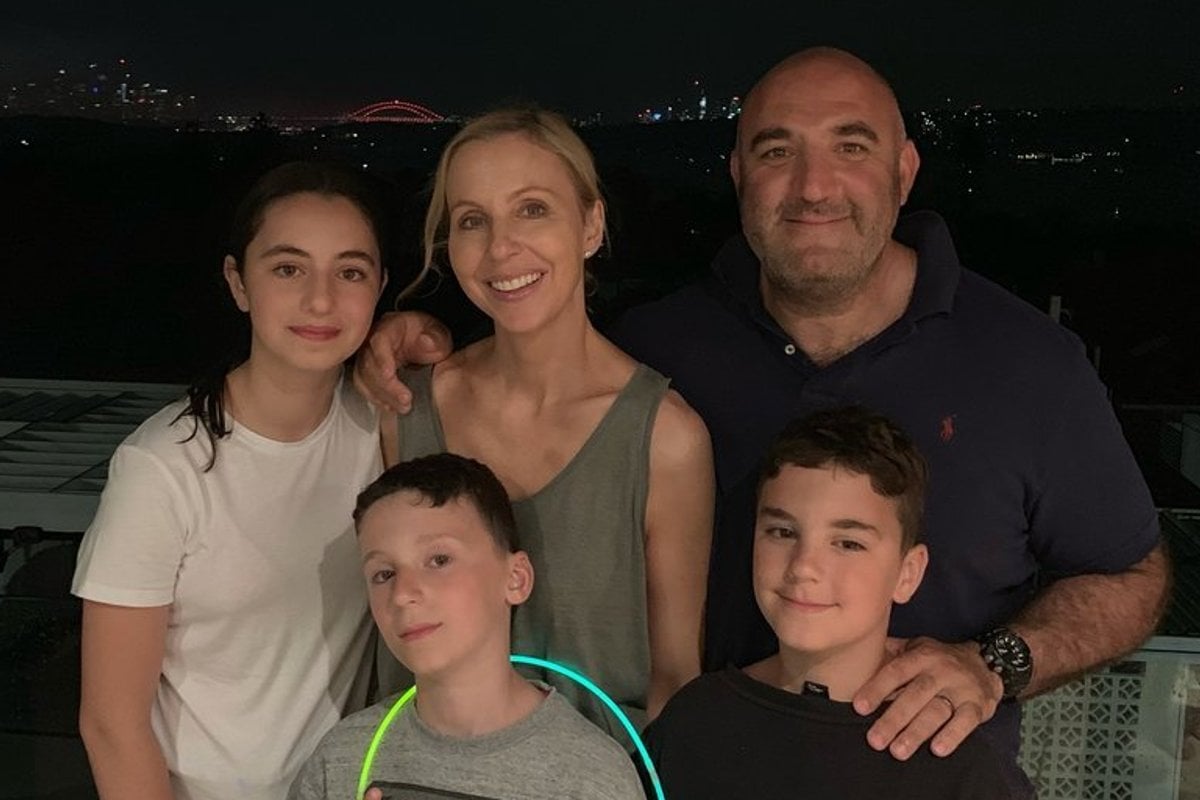
This post mentions pregnancy loss and could be triggering for some readers.
Growing up, Lori always knew she wanted to have a family of her own one day. As one of four children herself, she knew she wanted kids - the only question was how many.
When she met her future husband, she quickly learned he wanted a big family – a ‘rugby team’ was how he liked to put it.
Lori had never had regular periods, and they’d always been excruciatingly painful, so shortly before her wedding, she went to see her GP to work out when her period might be due.
Side note: Check out some of our favourite celebrities on parenting. Post continues below.
In the year preceding her wedding she’d only had one proper period, but she worried that the stress of planning a wedding might bring it on at just the wrong time.
The GP put Lori on progesterone to work out her period and recommended a pelvic ultrasound to understand why her periods were so irregular.
The ultrasound quickly showed she had polycystic ovaries. Further tests revealed that she also had endometriosis.
The diagnosis made sense to Lori after all the years of discomfort and pain she had already endured and so, being told she would likely have great difficulty falling pregnant naturally, did not surprise her.


Top Comments